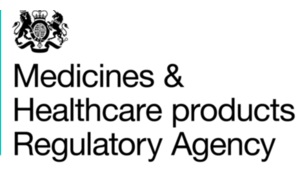1. What is the purpose of overseeing and monitoring a clinical trial?
The UK legislation requiresa that the sponsor assures themselves that the trial is being conducted according to the principles of GCP, the legislation, the authorisation from the competent authority, the favourable opinion from the ethics committee and the trial protocol and procedures. There is also a requirement that the monitoring policy mustb be contained in the trial protocol.
The sponsor’s oversight and monitoring can be regarded to encompass all the activities undertaken by the sponsor during the conduct of the trial that are there to ensure the subjects rights and well being are protected, the reliability of the trial data and hence the trial results and that the trial is conducted in accordance with the legislation. It is the sponsor’s “safety net” to check that the trial protocol, procedures, training etc. that have been implemented in order to get it right first time are functioning correctly.
a. SI 2004/1031 (as amended) Regulation 28, (1) & (2) and Regulation 29, Schedule 1 Part 2, (4)
b. SI 2004/1031 (as amended) Schedule 1 Part 2, (7)
Version 1: 22 February 2013






